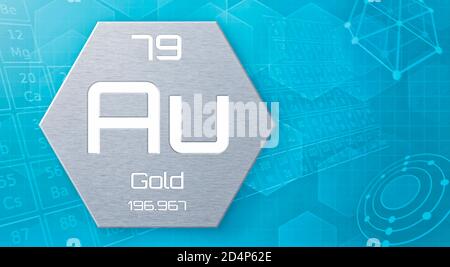

Rhodium is the most expensive, even though osmium is rarer – in fact, it is the rarest stable element in Earth's crust: Less than 1,000 kilograms of it are produced annually, so substitutes are generally preferred, and the limited demand, in turn, keeps the price down.

Except for ruthenium, these elements cost over 10,000 dollars a kilogram, typically well over. They are thus produced only as mining byproducts of other metals, chiefly nickel (Ni).Īnd they are priced accordingly. These elements share some similarities, usually co-occur in nature – but always in very small quantities, and they are also very hard to isolate, so that mining them is not profitable. The first group of elements are metals from the platinum family: Ruthenium (Ru), rhodium (Rh), palladium (Pd), osmium (Os), iridium (Ir), and platinum itself (Pt). The other expensive elements in the periodic table are metals, whose cost runs upwards of thousands of dollars per kilogram. These salts are relatively cheap, but if you seek them in their pure metal states, you would have to pay tens of thousands of dollars per kilogram as it is so hard to extract from their salts.Ĭheap when in compounds, costly when pure. Both cost several thousands of dollars per kilogram if you need them as pure elements.Ĭesium (Cs) and rubidium (Rb) are highly active metals and occur naturally only as salts – compounds of the metal’s ions and other ions. Boron is very difficult to produce without impurities, while fluorine is extremely reactive even storing it so that it doesn’t corrode its container is a challenging mission. Both elements are cheap and quite common as part of compounds – but rather expensive in their pure state. Photo: Teravolt, Wikipedia.Īdditional examples of elements considered precious only in certain forms are boron (B) and fluorine (F). |Tritium: A different form of one of the world’s most common elements can cost 30,000 per gram. Of course, most of its applications require a small quantity. This scarcity means that tritium costs around 30,000 $ per gram. Tritium (T or H3), for instance, is a useful radioactive isotope of hydrogen that is rare and expensive, while hydrogen itself is usually a cheap element. While this difference typically does not affect the element’s chemical properties, it can affect the nuclear properties (e.g., radioactivity), and physical characteristics (density, for example). Isotopes are forms of an element that contain an equal number of protons but a different number of neutrons in the nuclei. Radioactive isotopes of elements that have stable isotopes are another example. Natural diamonds that are flawless and of the highest quality can fetch tens of thousands of dollars per gram in price. Diamonds are the obvious example: A very rare and expensive form of carbon, where the atoms are arranged very differently from the element’s more common forms – coal and graphite. Then there are elements which are expensive only in some of their forms. One of the cheapest elements in the periodic table, by the way, is iron (Fe), with a price tag of 100 $ per ton – i.e., well under a dollar per kilo. Silver (Ag), for example, costs around 550 $ a kilogram – cheap and cheerful in comparison to some of the prices we’ll see later on. Some elements considered to be precious actually come quite cheaply. Meet these precious elements – and find out why they are so pricey.
Gold on periodic table for free#
Oxygen (O) and nitrogen (N) are available more or less for free in the air we breathe carbon (C), aluminum (Al), and others are inexpensive and common but certain elements are particularly expensive, while others cannot be found in nature or produced in large quantities. The many elements in the periodic table differ in prevalence, difficulty of finding, and price.


 0 kommentar(er)
0 kommentar(er)
